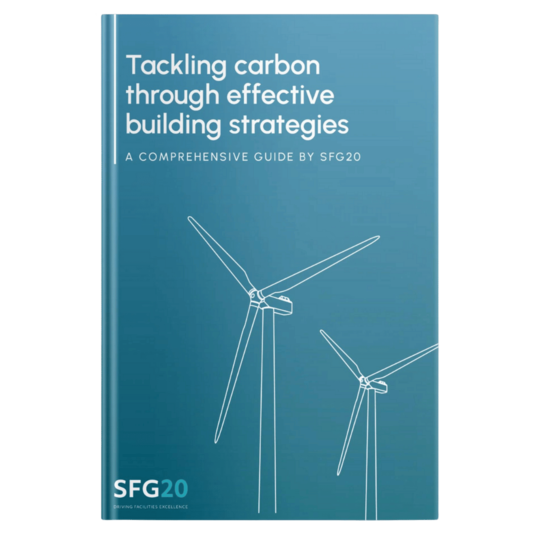Download your free copy of Reduce Carbon Emissions in Building Maintenance
The journey to net-zero starts with making smarter choices in building maintenance. Reducing carbon emissions is not only a regulatory requirement but also a vital step towards sustainable operation. Whether managing a single property or a large portfolio, every small change contributes to a larger impact.
Our guide helps you understand the essential steps for cutting emissions in building maintenance, from energy-efficient practices to optimizing equipment lifecycles. It’s designed to help facility managers, building owners, and maintenance teams make informed decisions that reduce their carbon footprint while maintaining efficiency and compliance.
Download our free guide to start making impactful changes today and drive your building towards a greener future.

In the meantime...
Watch a quick tour of Facilities-iQ's key features
Skip straight to the features that interest you. No registration required.





